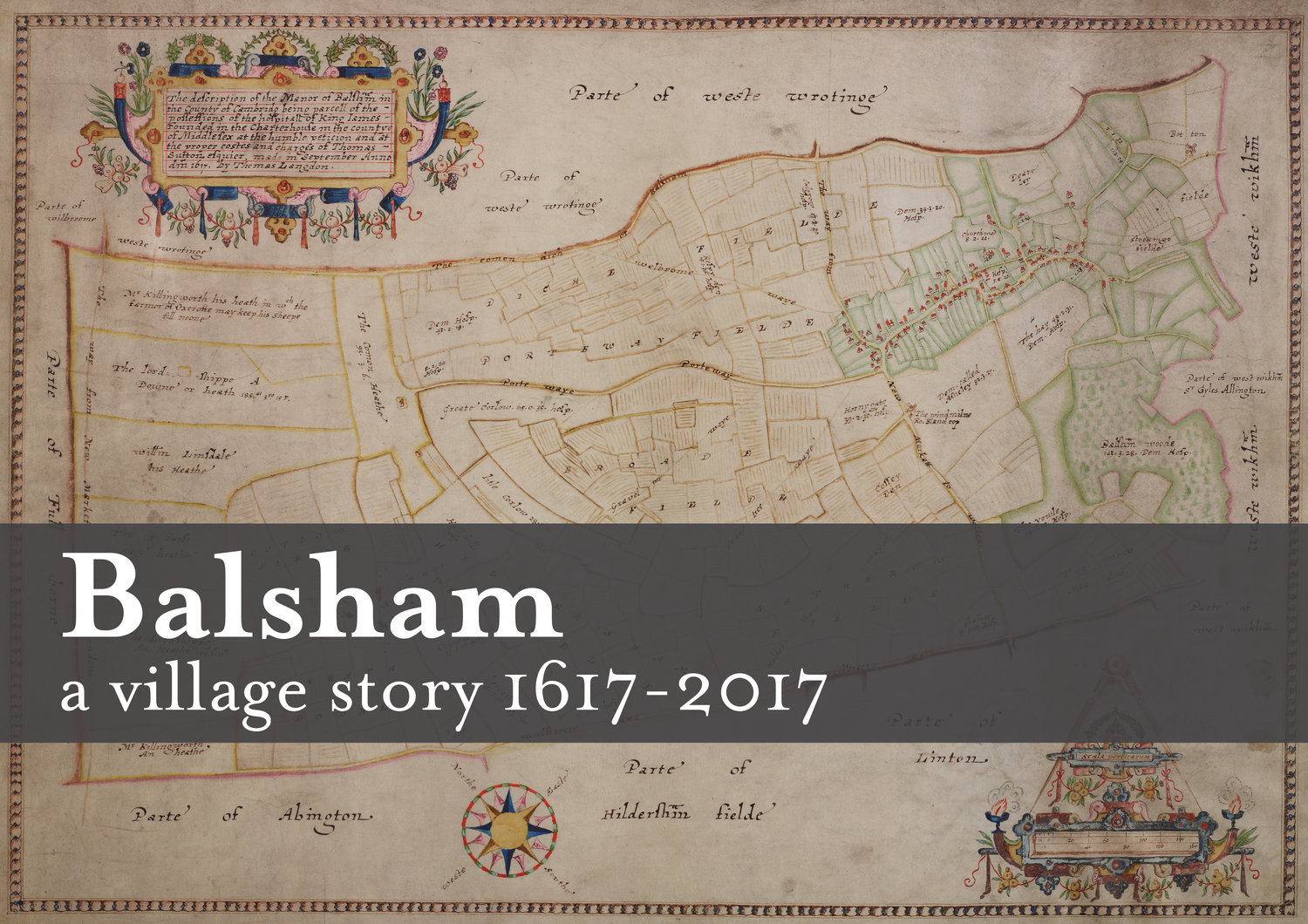If you’re heading out for a festive drink at The Bell or the Black Bull, keep in mind the epic pub crawl you could have undertaken in the 1900s… and the hangover!
Balsham, like many villages, has seen many pubs closed over the years. It once had 7 pubs and now has two. One pub you could have had a Christmas drink in was the Five Alls. Here’s what we had to say about it in Balsham, a village story, 1617-2017.
When Thomas Langdon was creating the 1617 map, it was a time of great prosperity for ale houses. Beer had long been part of the daily diet in the country. By the 16th century, brewing became commercial as brewers saw a way to earn money. The ratio of alehouses in England to people was generous, with these places becoming a venue for drinking, meetings and social recreation. Disorderly behaviour was a concern, with governors fearing that they fostered political subversion among lower classes of society and they sought to pass regulations. In common with other trades, inns and alehouses (or public houses as they became known in the eighteenth century), hung out signs to show their name in pictorial form for the illiterate.
Five Alls
This pub was a flint building situated on West Wickham Road, and originally owned by E. J. Pilgrim Brewery during the 1800s, with licensee Susannah Newman (widow) and her family living there for over 30 years. In possession of Greene King in 1901 it was sold to Willoughby Chandler for £750, and de-licensed by 1911. The large yard, stable, outbuildings and field adjoining the Five Alls was used by various traders. John Daniels was a timber carter, William Pluck a horse slaughterer, William Clarke traded as a wheelwright and Willoughby Chandler was a bricklayer. The Five Alls is now a private house. The yard and field were sold for housing in the 1970s, and are now the site of Horseshoe Close.
The Five Alls
To buy an ebook or print copy of Balsham, a village story 1617-2018 please click here. You can also buy a print copy at the Old Butchers in Balsham or the village Post Office.


